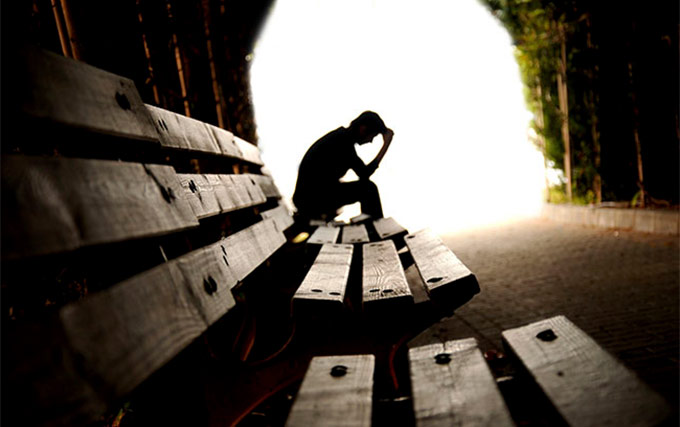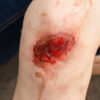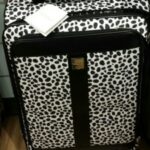In a vivid dream recently, I was frantically searching for something that seemed very difficult to find. A huge stack of stuff was in front of me, but the object I was looking for was very small.
As I was about to give up my search, someone happened to walk by. Sensing my frustration, he asked, “What are you trying to find?”
“I’m looking for a needle in the haystack,” I said in dismay.
Unfortunately, the dream ended there, leaving me to reflect on the profound question: How can someone find a needle in a haystack?
This old word picture is pulled out whenever a search seems daunting, if not impossible. But as I’ve reflected on my dream, I think there are some other insights as well. It’s doubtful that any of us are looking for literal needles, so the issue is more about our quest for the important things in life amid all the superfluous “stuff.”
I’ve concluded that there are four keys for discovering the needle buried in our haystack:
- Separate the plentiful from the rare.Hay stands for something very plentiful, while needles are comparatively rare. Plentiful things have less value than something rare, and that’s why coal is less expensive than diamonds. Example: Why was the Proverbs 31 woman worth more than rubies? Because, sadly, a woman like that is very rare! So the principle here is to rid your life of the plentiful, less-expensive things. Instead, focus on the rare and exceptional things that are of much greater value.
- Separate the nonmagnetic from the magnetic.If you have a strong enough magnet, you might be able to attract the needle instead of wearing yourself out trying to find So if you’re upset because you can’t seem to find what you’re looking for in life, you might want to change your approach. Instead of working so hard to FIND something, put your focus on BEING something. You just might attract the missing “needle” in your life.
- Separate the light-absorbers from the light-reflectors. When light hits a needle, it shines. In contrast, hay merely absorbs the light, with no significant reflection. So in order to find a needle, one tactic would be to shine more light into the haystack. The needle will reflect more of the light back, especially if you do the experiment at night. The point here is that you’re called to reflect God’s light and glory, and you should eliminate the things in your life that don’t enable you to do that.
- Separate the temporal from the eternal.One of the other differences between hay and needles is that hay burns up in fire, while needles are purified by fire. That means if you want to find a needle from among the hay, all you really need is to start a fire! You see, when everything else is burned away, the needle will become obvious. However, I’m afraid most of us are far too attached to the hay to take such drastic measures. We have far too much “clutter” in our lives—temporal stuff that wouldn’t survive the fire. If you’re serious about finding the needle you’re looking for, you have to honestly ask yourself: Am I willing to allow the Lord to burn away the hay (the temporal things) in my life in order to reveal more of the eternal?
My dream about needles and haystacks ultimately led me to an even more sobering question: Is the underlying problem that we actually LOVE the haystack more than we want to find the needle? If so, we’ll never allow God to burn up the hay so the needle can be revealed.
If we love the hay (the things of this world) more than we love the needle (the eternal work God wants to do in our lives), we will inevitably face frustration. We’ll find ourselves so attached to the world that we’ll be unable to change the world.
Many of my fellow baby boomers are facing this uncomfortable reality. In our younger days we set out to be world-changers, but now we’re merely adapters, content to blend in with the haystack.
The apostle Paul wrote about this kind of thing in 1 Corinthians 3:10-15, when he warned us to be careful about the building materials we use to construct our lives. Will we be content to build with “wood, hay, and straw,” creating nothing more than big haystacks? Or will we choose the more enduring materials instead, “gold, silver, and precious stones”?
Someday most of what we see around us will burn up. What will remain? The answer is being determined by the priorities and values we live by today.



Excellent insight, brother Jim.
Thanks!
Bill